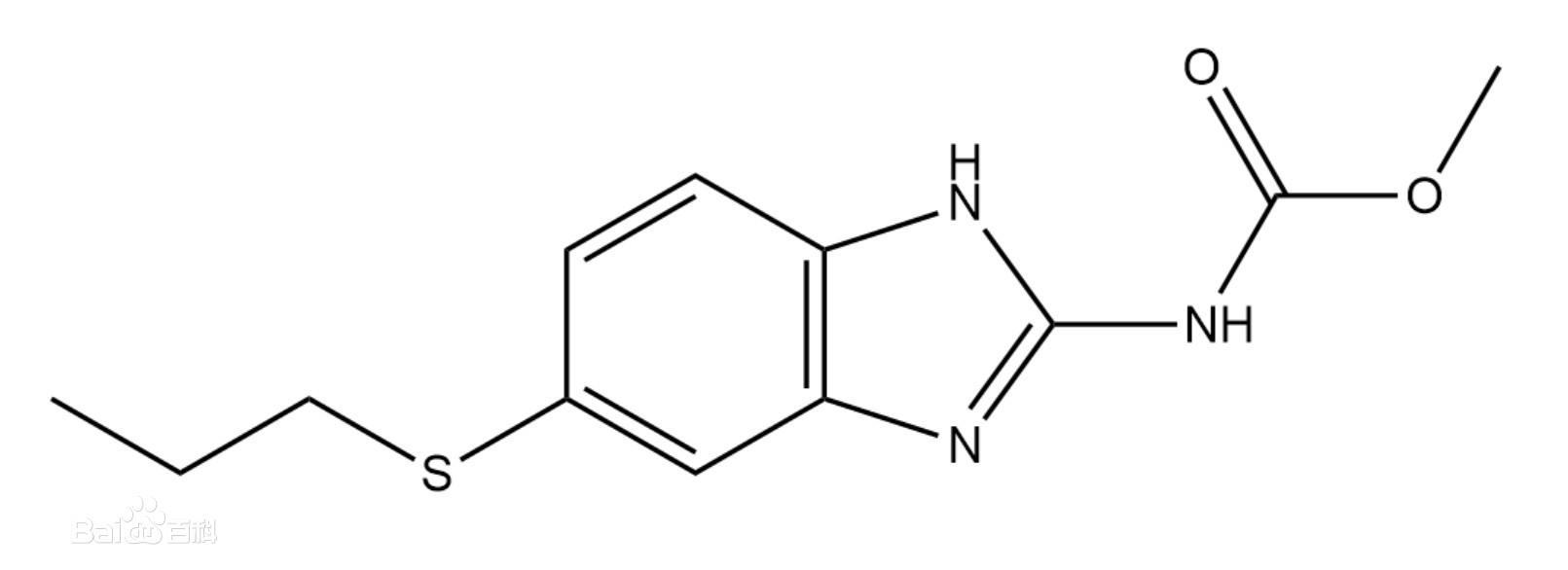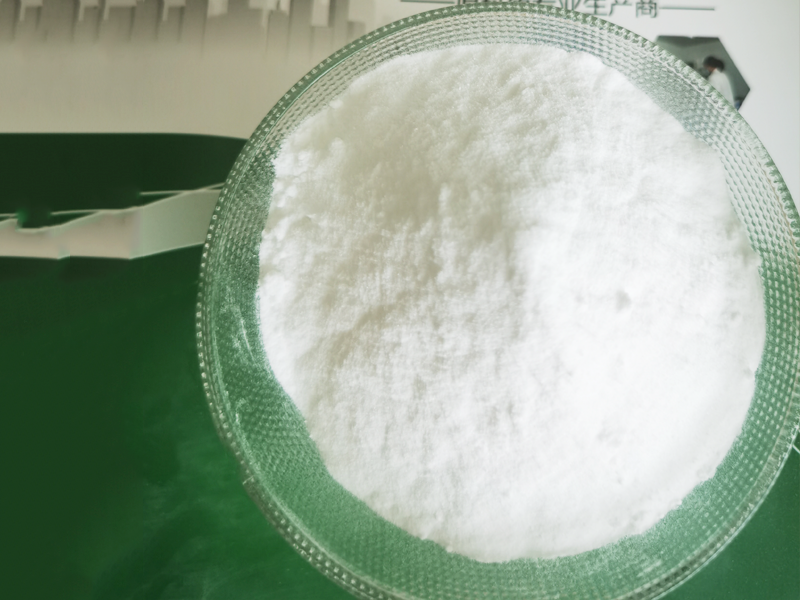Albendazole a
Anthelmintic with white to light yellow crystalline powder and be odorless
key word:
Classification:
Product description
Chemical formula: C12H15N3O2S Molecular weight: 265.331
CAS number: 54965-21-8 EINECS number: 259-414-7
Chemical Properties
It is white to light yellow crystalline powder and is odorless. It is practically insoluble in water and alcohol, very slightly soluble in ether and dichloromethane, but freely soluble in anhydrous formic acid. Its melting point is 207-211°C (decomposition). It is slightly soluble in organic solvents but insoluble in water. Rats by oral administration: LD50: 2.4g/kg; sheep by oral administration: LD50:100mg/kg.
Pharmacology and mechanism of action
Albendazole is a benzimidazole carbamate derivative which is structurally related to mebendazole. It was originally introduced as a veterinary drug in 1975 and later as a human anthelminthic drug. It has a wide spectrum of activity against intestinal nematodes (hook worm, Ascaris lumbricoides, Enterobius vermicularis, Strongyloides stercoralis, Trichuris trichiura and Capillaria philippinensis), systemic nematodes (Trichinella spiralis and cutaneous larva migrans) and cestodes (Echinococcus granulosis, E. multilocularis and neurocysticercosis) [1]. Albendazole is active against both larval and adult stages of intestinal nematodes and ovicidal against Ascaris lumbricoides and Trichuris trichiura [1]. Its main metabolite, albendazole sulphoxide, may largely be responsible for the pharmacological effects of the drug.
The mechanism of action of albendazole is similar to that of other benzimidazoles (see mebendazole).
Uses
Albendazole is a drug used to treat infections caused by parasites. It can be given to treat a rare brain infection (neurocysticercosis) or it can be given to treat a parasitic infection that causes important diarrhea (microsporidiosis).
Related products
Get product quotation
We will contact you within one working day. Please pay attention to your email.




